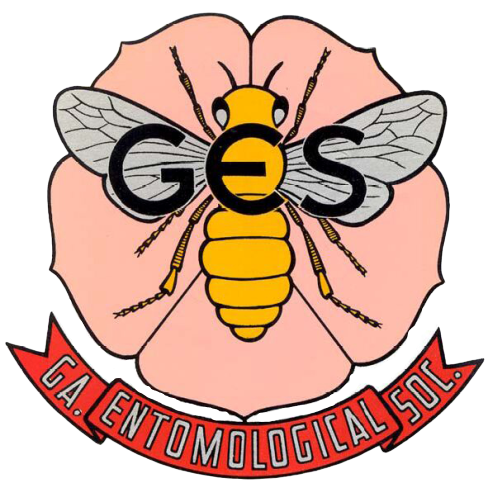Quasi-Field and Laboratory Evaluations of Biorational Agricultural Insecticides against Eggs, Larvae, and Pupae of Aedes aegypti (Diptera: Culicidae)1
The aim of this study was to evaluate the ovicidal, larvicidal, and pupicidal activities of various commercial insecticides against Aedes aegypti (L.) (Diptera: Culicidae), a primary vector of several human diseases. Laboratory bioassays were used to evaluate fenpyroximate, etoxazole, spinetoram, pyriproxyfen, flufenoxuron, spinosad, neem oil, soybean oil, and spiromesifen to identify promising treatments. Quasi-field tests followed to assess the practical applicability of these insecticides. None of the tested compounds exhibited significant ovicidal activity. The most effective larvicidal treatments were spinosad, spinetoram, pyriproxyfen, and neem oil, with 95% lethal concentration (LC95) values of 0.029, 24.3, 95.3, and 103.8 mg/L, respectively. Neem oil exhibited the lowest LC95 value against pupae (28.3 mg/L) and was considered the most promising treatment of the nine compounds tested to manage larvae and pupa of Ae. aegypti. In stagnant water, neem oil at 264 mg/L provided 96.9–100% larval mortality over 28 d, with and without 10% water exchange (i.e., simulated rain-induced dilution). At this concentration, pupal mortality exceeded 99% at 1 and 7 d after treatment (72 h of exposure). Neem oil, a natural and cost-effective insecticide, has significant potential for controlling the larval and pupal stages of Ae. aegypti.Abstract
Contributor Notes
